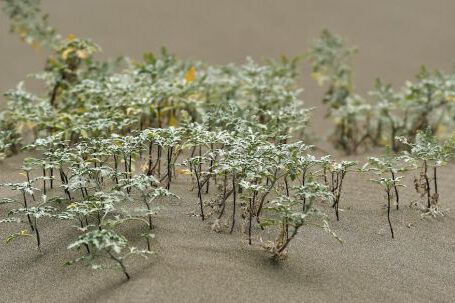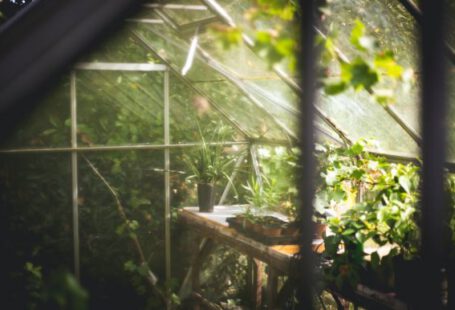Creating a stunning perennial border in your garden requires careful planning and consideration. With a well-designed border, you can enjoy a beautiful display of flowers and foliage year after year. In this article, we will guide you through the process of planning a perennial border, from selecting the right plants to arranging them in an aesthetically pleasing way.
Choosing the Right Location
Before you begin planning your perennial border, it’s important to choose the right location. Most perennials prefer a spot with full sun, although some can tolerate partial shade. Take note of the soil conditions as well, as some plants thrive in well-drained soil while others prefer moist or even boggy conditions. Consider the overall style of your garden and select a location that complements the existing landscape.
Selecting the Right Plants
When it comes to selecting plants for your perennial border, it’s essential to choose a variety of species that will provide interest throughout the year. Consider including plants with different bloom times to ensure a continuous display of color. Look for plants with varying heights, textures, and foliage colors to create depth and visual interest. Don’t forget to research the specific needs of each plant to ensure they will thrive in your garden.
Designing the Layout
Once you have chosen the plants for your perennial border, it’s time to design the layout. Start by sketching out a plan on paper or using a garden design software. Consider the overall shape and size of the border, as well as any existing features that you want to incorporate. Aim for a natural look by arranging the taller plants towards the back and the shorter ones towards the front. Experiment with different arrangements until you find a layout that is visually pleasing.
Preparing the Soil
Before planting your perennial border, it’s important to prepare the soil properly. Remove any weeds or grass from the area and loosen the soil with a garden fork or tiller. Incorporate organic matter, such as compost or well-rotted manure, to improve drainage and fertility. Ensure that the soil is well-drained to prevent waterlogging, as most perennials do not tolerate soggy conditions.
Planting and Maintaining
With your layout finalized and the soil prepared, it’s time to plant your perennial border. Begin by digging holes that are slightly wider and deeper than the root balls of your plants. Place each plant in its respective hole, ensuring that the top of the root ball is level with the soil surface. Backfill the hole with soil, gently firming it around the roots to eliminate air pockets. Water the newly planted perennials thoroughly to help them establish.
To maintain your perennial border, regular watering is crucial, especially during dry spells. Mulching the soil with organic matter will help retain moisture and suppress weed growth. Deadhead spent flowers to encourage new blooms and remove any diseased or damaged foliage promptly. In the spring, apply a slow-release fertilizer to provide essential nutrients to the plants.
In Conclusion
Planning a perennial border requires careful consideration of the location, plant selection, layout, and soil preparation. By choosing the right plants and arranging them in an aesthetically pleasing way, you can create an eye-catching display of color and texture in your garden. Regular maintenance, including watering, mulching, and deadheading, will ensure that your perennial border remains vibrant and healthy for years to come. So, roll up your sleeves and start planning your own perennial border today!





